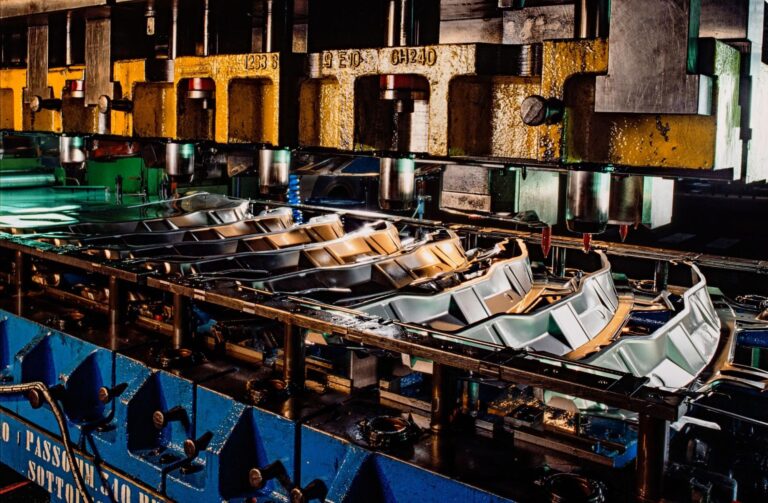Time to read: 4 min
MRO, or ‘Maintenance, Repair and Operations’ is used to refer to more or less all maintenance parts used for repair and/or to assist production operations. Essentially, MRO covers all the products and tools purchased that keep an organization running. Supply chains utilize and rely handsomely on MRO to carry out their operations every day.
Interestingly, MRO falls under the umbrella of indirect purchases. MRO procurement is often called indirect procurement. This is because MRO products only enable your supply chains to function smoothly and are not directly integrated into any final products.
This labeling makes MRO seem less important on the financial front – meaning that most businesses underestimate their MRO expenses over the course of a year. They often don’t appreciate the hidden costs associated with MRO procurement which can amount to significant expenses.
This is why knowing how MRO fits into your supply chain and its procurement strategy is important. Set yourself up for long-term, sustainable savings that help your bottom line using the following steps:
Digitalization
With time, digital technology has reached a point where it is more field-ready than ever. MRO technicians should be incorporating inventory, tracking, accounting, and other software onto digital supply chain management handhelds to have efficiency in their procurement.
Some ways technology may be incorporated into your procurement strategy are:
- EAM, or Enterprise Asset Management systems can eliminate redundant operations and give all departments the same, accurate view of the firm’s circumstances.
- Automation of processes through AI will smarten up businesses in the years to come. Automations in data entry, payment processing, intake of materials, etc. can reduce errors and manual overrides while also cutting administrative and labor costs.
- Internet-enabled monitoring of deliveries, consumables, and other MRO assets by use of the Internet of Things is quickly becoming commonplace and is one of the 10 macro trends in the manufacturing industry right now.
VMI Strategies
Vendor Management Inventory, or VMI, is widely used by companies to manage fast-moving, low-value MRO parts. VMI is an agreement in the supply chain industry where the manufacturer (or supplier) takes control of the inventory management for the seller (or retailer).
VMI might just be the solution to a lot of issues that your supply chain may have experienced, especially concerning time and inefficiencies. With more MRO, these problems only multiply.
Manufacturers in the Vendor Management Inventory look after things like product restocking while providing clear, transparent breakdowns of all the spendings and usages. Supply chains can then act on perceived inefficiencies to improve further.
Most companies are in favor of practices like VMI because they free up time for other technicians. Engineers and procurement professionals can concentrate on work that adds more value to the business while inventory is being taken care of by the supplier.
Classifying and Refurbishing MRO parts
While utilizing VMI to look after restocks does improvise productivity, repairs, and replacement of MRO are hefty investments. On the surface, it may look like there is no possible way out of regular repairs. But with a little bit of organization, your supply chain could cut down on repair expenses too. Here’s how.
Not all facets of MRO are the same. MRO needs to be classified into parts more than just OEM and non-OEM categories. This is because a more descriptive classification can enable greater focus on the parts that are more impactful on the business and also drive focus to the ones that are prone to repairs.
Once you’re done classifying them, you will know which ones can be repaired/replaced with ease. Commodity parts, for example, are often easier to substitute with similar products from other distributors.
This practice of using refurbished parts can offer significant opportunities to lower MRO costs and has been on the rise as a result. In some cases, the savings can get surprisingly high since MRO costs as a whole make up 47% of product procurement costs.
Categorizing the parts is the first step to understanding the complexity of MRO and identifying ways to control expenses. Refurbishing existing components is a viable strategy for maintaining inventory, avoiding shortages, and saving costs.
Supplier rationalization
Supplier rationalization is commonly regarded as reducing the number of suppliers. However, there are other things to look at before we start eliminating suppliers. They are
- Identifying common suppliers across units and locations.
- Reviewing supplier performances.
- Identifying critical suppliers.
- Reviewing contracts.
- Identifying transition risks.
While rationalization might be a drastic approach, it also strengthens strategic partnerships with the manufacturers (or even other suppliers) you are left with. These manufacturers often offer a large range of products and can provide opportunities to consolidate suppliers and negotiate better deals.
Conclusion
Identifying how MRO fits and should fit into your supply chain is essential for better control over MRO expenditure. Your procurement strategy can only offer returns if it aims to increase visibility and eliminate hidden costs found in orders, stocks, and supplier management protocols. Add to that the savings, the added productivity, and extra resources for teams to focus on higher value-added tasks, and MRO procurement becomes a clear area of interest for supply chain optimization.










